Increased Awareness of Oral Health
The rising awareness of oral health and its impact on overall well-being is a significant driver for the Dental Curing Light Market. Educational campaigns and public health initiatives are promoting the importance of regular dental check-ups and treatments. As individuals become more informed about the benefits of maintaining good oral health, the demand for dental services, including restorative procedures that utilize curing lights, is expected to rise. This trend is reflected in market forecasts, which indicate a potential growth rate of 7% in the Dental Curing Light Market as dental professionals respond to the increasing patient demand for effective and efficient treatment options.
Rising Demand for Aesthetic Dentistry
The growing consumer interest in aesthetic dentistry is a key driver for the Dental Curing Light Market. As more individuals seek cosmetic dental procedures, the demand for high-quality curing lights has surged. Aesthetic treatments, such as teeth whitening and composite bonding, require precise curing to ensure optimal results. This trend is reflected in market data, which indicates that the aesthetic dentistry segment is expected to account for a significant portion of the overall dental market, with a projected growth rate of around 8% over the next few years. Consequently, dental practitioners are investing in advanced curing lights to meet the rising expectations of their patients.
Regulatory Standards and Quality Assurance
The Dental Curing Light Market is also shaped by stringent regulatory standards and quality assurance measures. Regulatory bodies are increasingly emphasizing the need for safe and effective dental equipment, which includes curing lights. Compliance with these standards not only ensures patient safety but also enhances the credibility of dental practices. As a result, manufacturers are compelled to innovate and improve their products to meet these regulations. This focus on quality is likely to drive the adoption of advanced curing lights, contributing to a steady growth trajectory in the market, with estimates suggesting a growth rate of around 5% in the coming years.
Emerging Markets and Increased Dental Care Access
The expansion of dental care access in emerging markets is significantly influencing the Dental Curing Light Market. As healthcare infrastructure improves and disposable incomes rise, more individuals are seeking dental services. This trend is particularly evident in regions where dental care was previously limited. The increasing number of dental clinics in these areas is driving demand for modern dental equipment, including curing lights. Market analysis suggests that the Dental Curing Light Market could see a growth rate of approximately 6% in these emerging regions, as practitioners aim to provide high-quality services to a growing patient base.
Technological Advancements in Dental Curing Light Market
The Dental Curing Light Market is experiencing rapid technological advancements that enhance the efficiency and effectiveness of dental procedures. Innovations such as LED technology have significantly improved the curing process, allowing for faster and more reliable results. These advancements not only reduce the time required for curing dental materials but also improve the overall quality of dental restorations. The introduction of smart curing lights, which can adjust intensity and duration based on the material being cured, is also gaining traction. As a result, dental professionals are increasingly adopting these advanced curing lights, leading to a projected growth rate of approximately 7% annually in the Dental Curing Light Market.


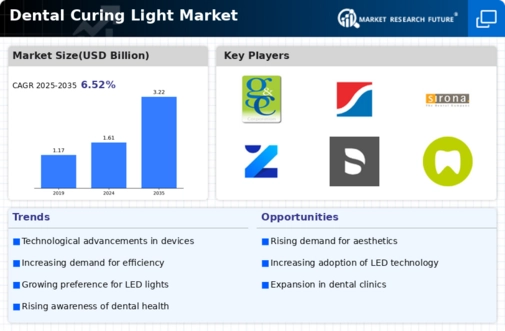
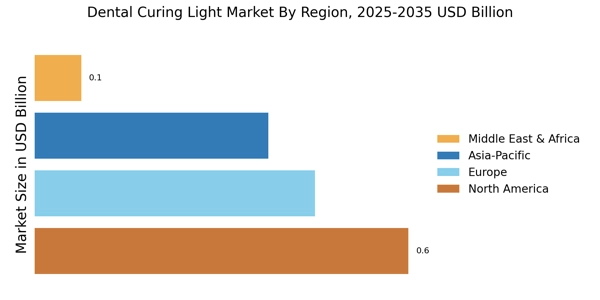

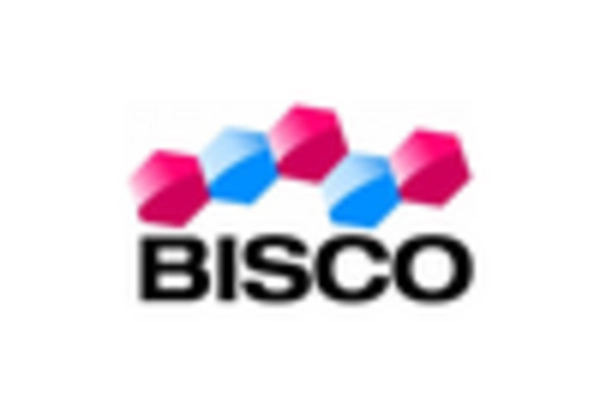

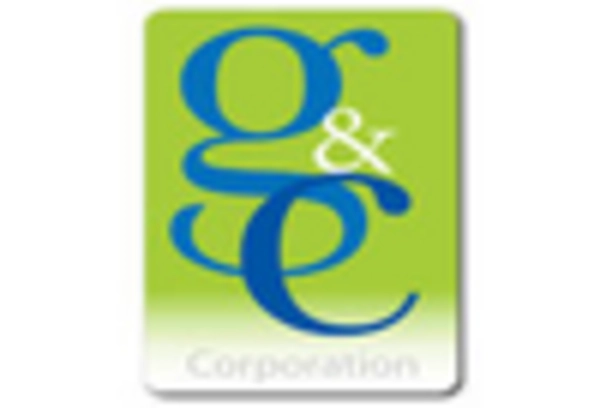
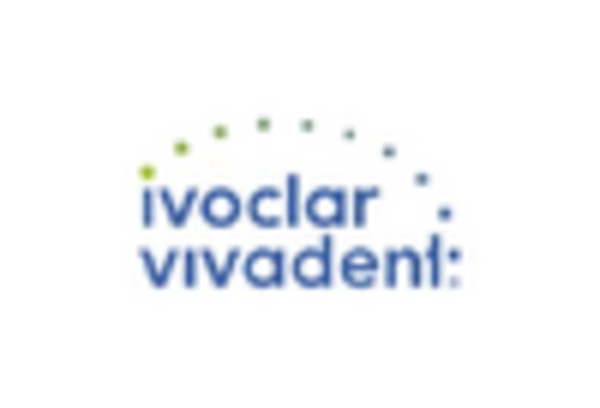
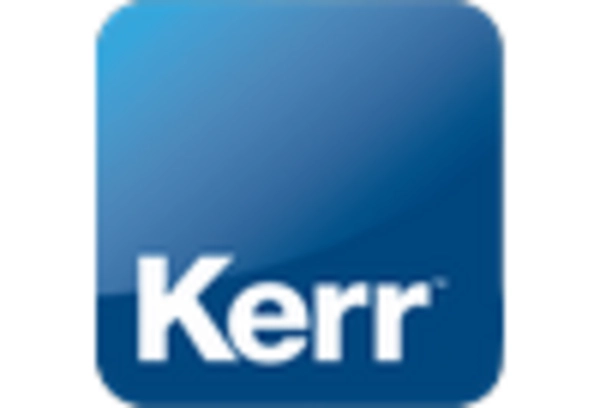








Leave a Comment